Marine Biology Field Trip & Unit Ideas for Third, Fourth & Fifth Graders
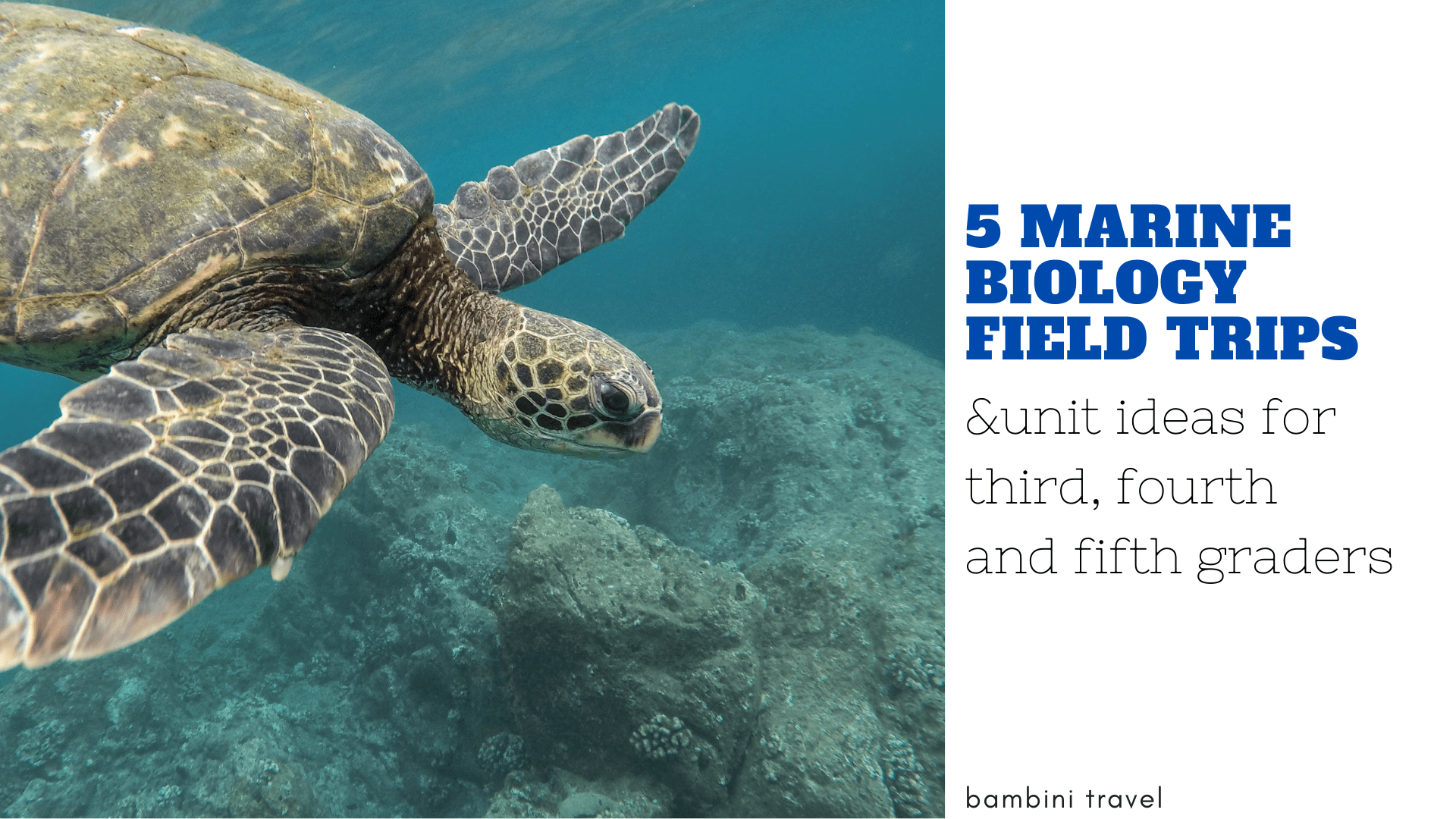
Marine Animals are kind of an obsession in my house. My son has basically minored in sharks the last 3 years and my daughter vacillates between adoring anything from octopus to whale sharks to seashells and more.
affiliate links are included below.
Declaring Marine Biology as one of our homeschool science subjects was an easy decision. We started the year exploring tide pools and learning about whales, then switched gear to study some other areas of science, before circling back again to sharks and Marine Biologists again in the spring.
Below are our favorite field trips and resources for learning all things Marine Biology with upper elementary school kids (so far – I’m sure there will be more).
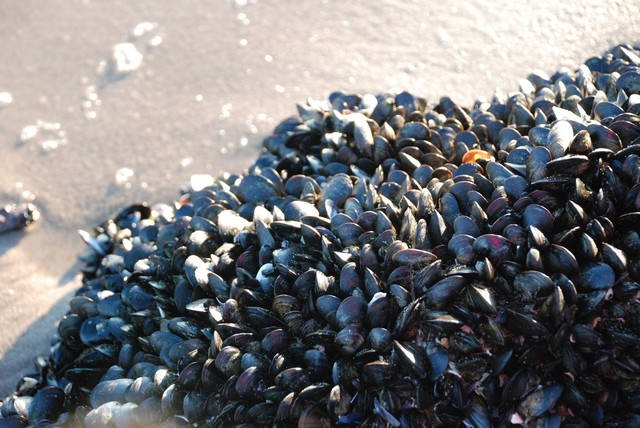
5 Marine Biology Field Trips
Learning through adventure is a huge way that we explore topics around here. The hands on, real life experiences truly cannot be beat for getting kids exciting, curious, and engaged in learning.
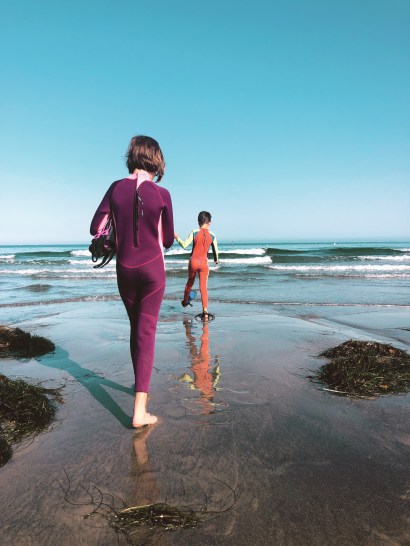
Snorkeling with Leopard Sharks
La Jolla Shores is just a few miles from our house and happens to be the annual mating ground for leopard sharks. Wade into the water just off the beach and there they are. A few tips though because it took us a while to snorkel here successfully:
- Check the surf report before you go. You want the waves to be low and the winds to be light. This will also tell you what is appropriate to wear. The ocean is often cold even in the summer months and a wet suit is helpful if you plan to swim around out there for a while.
- Check the weather as well. You want a nice sunny day to really be able to see clearly in the water.
- Shuffle those feet. Sting rays abound in the same spot so make sure you go slow, shuffle your feet and keep an eye out for sting rays as well. If you do get stung, head to the first lifeguard you can find for treatment.
Read more about snorkeling with kids in this post.
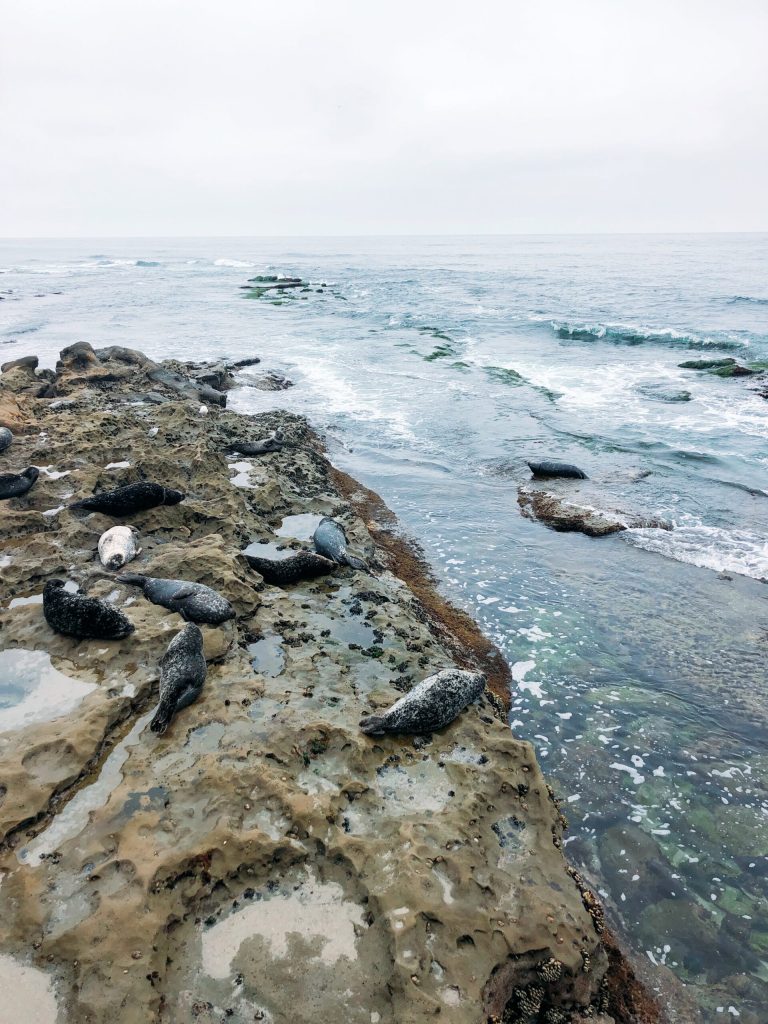
Visit California Sea Lions
We are fortunate to live a quick drive from La Jolla where you can see California Sea Lions and Seals up close in their natural habitat.
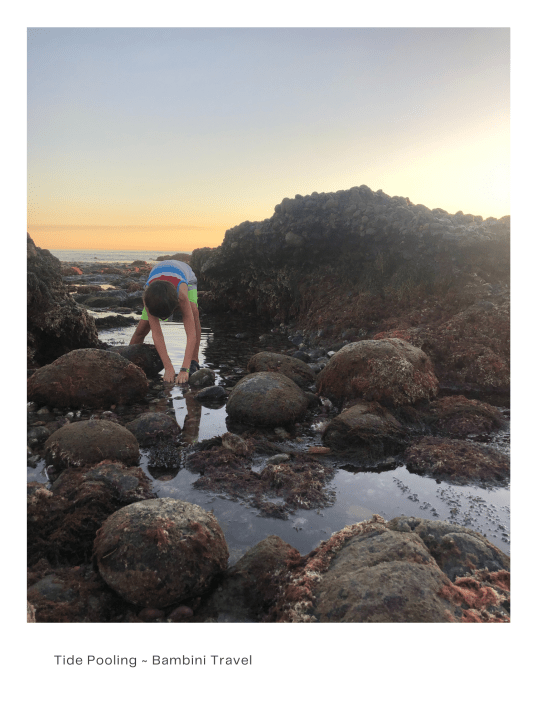
Tide Pooling
We love visiting the tide pools at the beach when there is a negative tide. My biggest suggestion is to check the tide pools. You are looking for low tide and preferably a tide lower than -1. The lower the better. Around here in Southern California the winter months are usually the most ideal for tide pooling.
Read More: Top Tips for Tidepooling with Kids
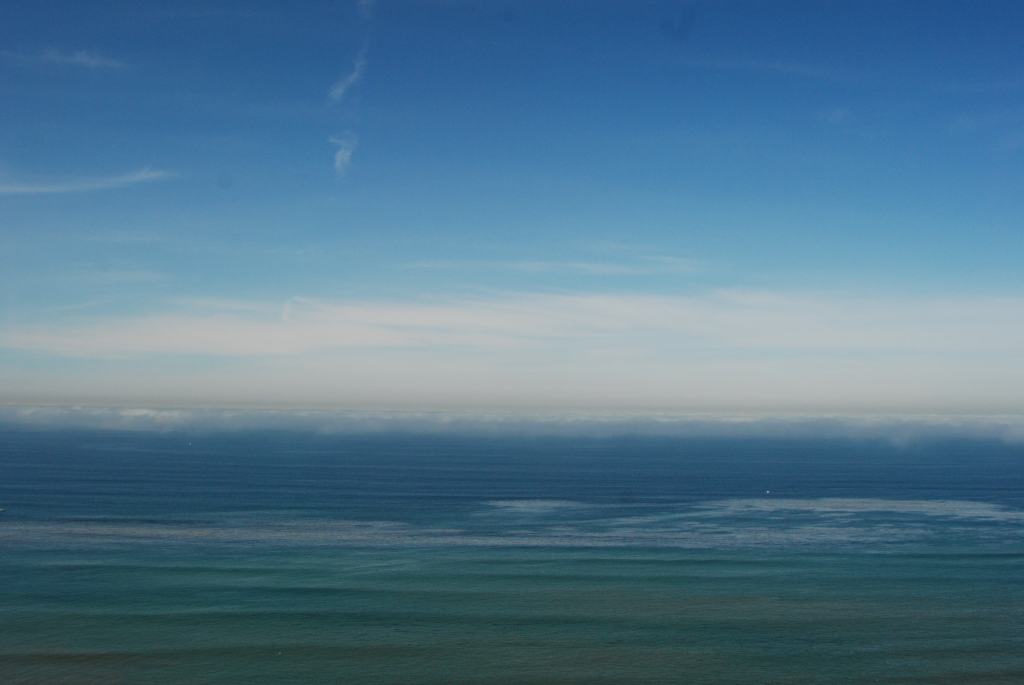
Whale Migration
We are fortunate to live right on the Pacific Coast where seeing the annual gray whale migration is possible. Some years we have gone Whale Watching on a boat but because of Covid we didn’t feel comfortable doing that this year.
However, if you’re lucky it is possible to view the whales from the coast. Cabrillo National Monument offers a great point to view the ocean.
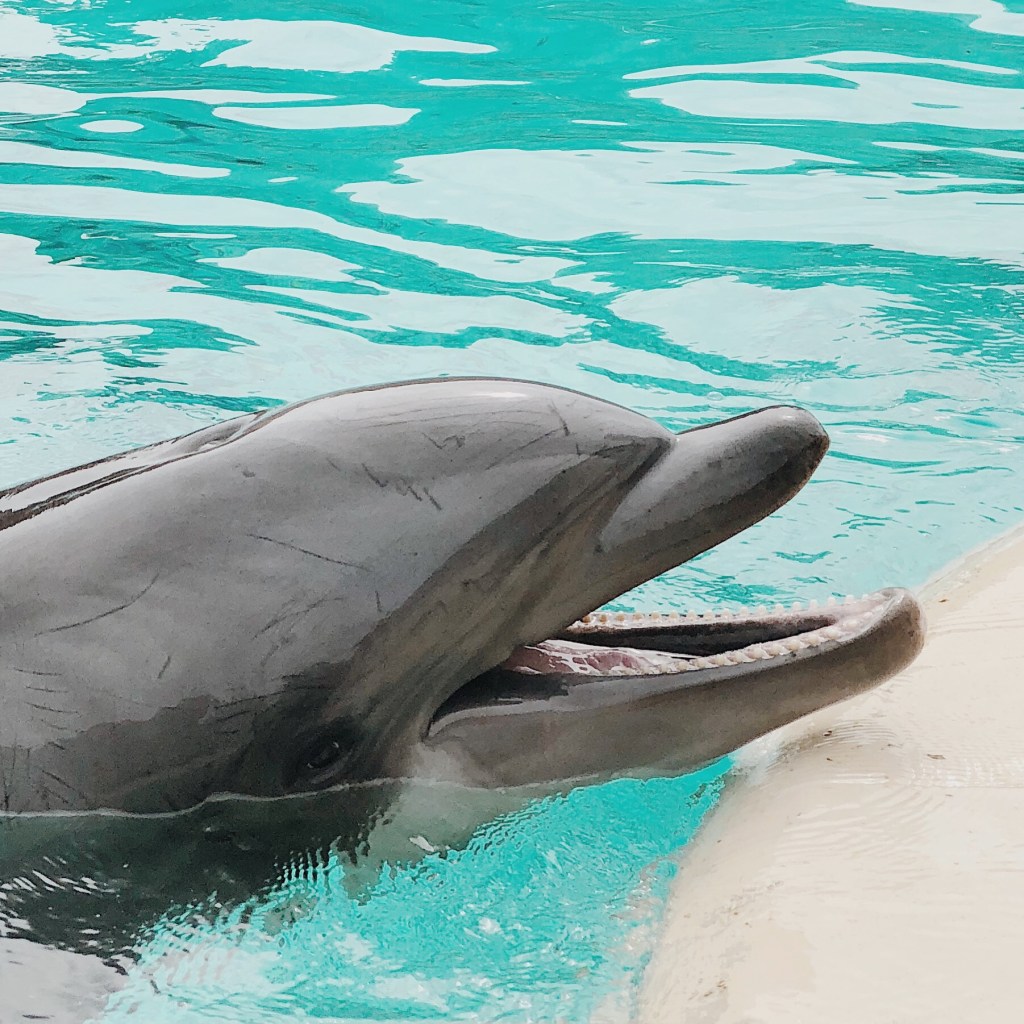
Aquarium or SeaWorld
Obviously, if you want to see marine animals up close, it is hard to beat an aquarium. In San Diego we have both Sea World San Diego and the Birch Aquarium. We have made many, many trips to both.
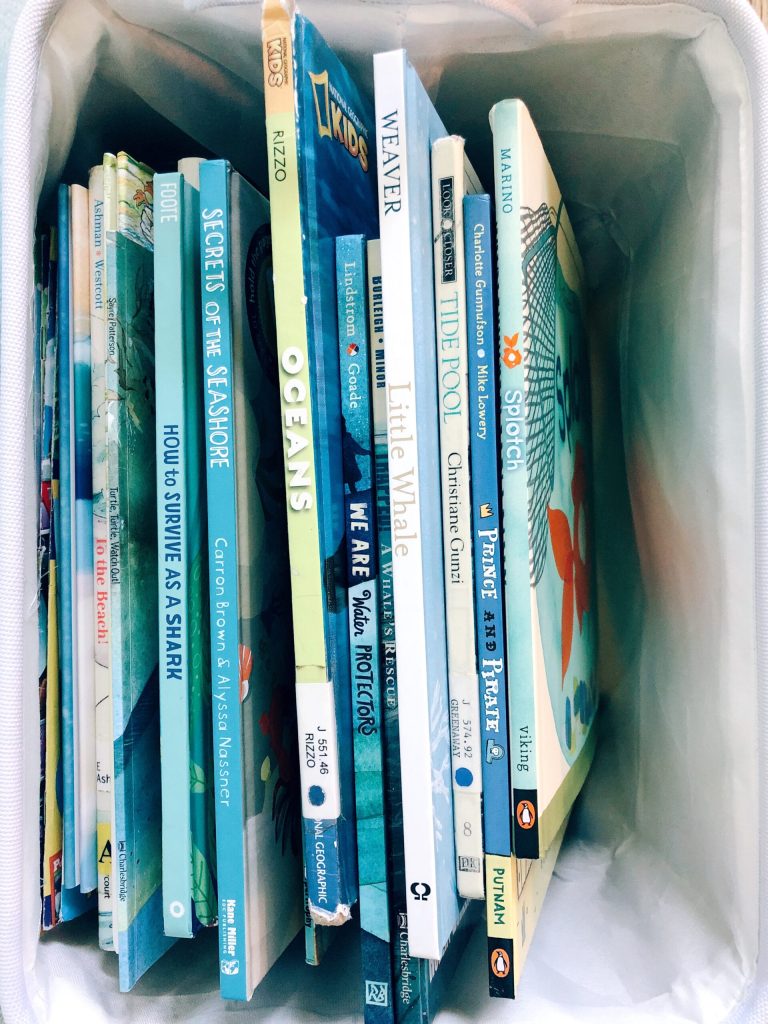
Children’s Books about Marine Biology
We have read so many books about Marine Biology. Truly almost all of what the San Diego Public Libraries have to offer on the subject and more we’ve ordered or been gifted. SO many books. These are our favorite though – especially for this age group.
Marine Science in the Real World by Carol Hand
About: Marine Biologists
Find Online
Ocean Anatomy: The Curious Parts and Pieces of the World Under the Sea by Julia Rothman
About: All of the Ocean
Find Online
Who Would Win? Hammerhead vs. Bull Shark by Jerry Pallotta and Rob Bolster
About: Sharks
Find Online
Life in a Frozen World: Wildlife of Antarctica
by Mary Batten and Thomas Gonzalez
About: Antarctica, the ocean and animals
Find Online
About Marine Mammals: A Guide for Children
by Cathryn Sill and John Sill
About: Marine Mammals
Find Online
Blue Floats Away
by Travis Jonker
About: Ice burgs, water process, climate change
Find Online
I Am the Shark
by Joan Holub
illustrated by Laurie Keller
About: Sharks
Find Online
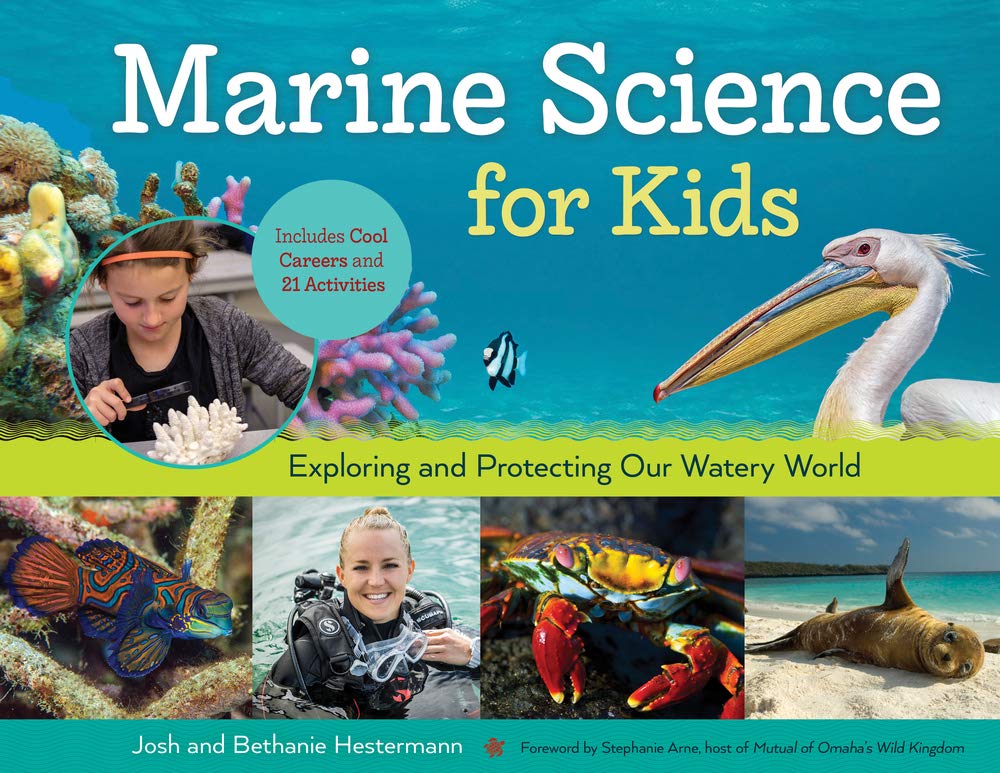
Marine Biology Activities
Back at home, in between adventures outdoors, we explored Marine Biology in a huge range of ways. We used a variety of sources, books, music, hands on activities, experiments and more. Here are some great Marine Biology Resources for kids.
General
These are the two curriculum resources I used as the base for our Marine Biology learning. I took pieces from both, moved stuff around, and added more things – but these two are both a great place to start. They both have lessons on all of the main themes listed below.
Marine Biology Unit from The Good & The Beautiful – free download
Learning about Oceans and Tides
- Ocean Song on Ted Ed
- Making Waves Activity from The Ocean Book: Aquarium and Seaside Activities and Ideas for All Ages
- Watch: The Magic School Bus Goes to Mussel Beach (on Netflix) and printable activities from Scholastic.
Learning about Tidepools
- You can’t replace actually visiting a tidepool. If this is a possibility in your area then I highly recommend it. Remember to check the tide tables (available online) for a negative tide so you’re actually able to see things!
- Read Ocean Soup: Tide-Pool Poems by Stephen R. Swinburne. It has facts about each animal alongside each poem. Afterwards, pick the animal you have the most questions about and research more information.
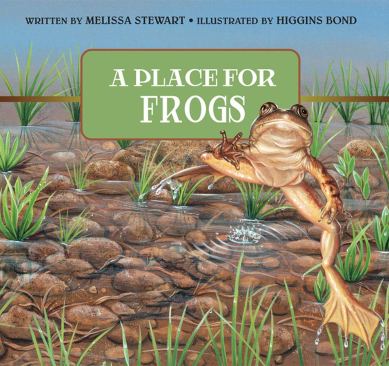
Learning about Rivers, Streams and Lakes
- Learn about frogs with Melissa Stewarts A PLACE FOR FROGS and her awesome learning ideas on her blog. I used the Teacher’s Guide that is on the right hand side bar.
Learning about Marine Life
General:
- Watch: The Magic School Bus Gets Eaten (on Netflix) and printable activity from Scholastic.
Sharks:
- Shark Week Unit Ideas has a full list of all of the fun shark activities we have done in the past few years.
- Watch: Shark Documentaries on Disney+ (SharkFest is one of our favorites)
Seals & Sea Lions
- Research. Gather a stack of books specifically about seals/sea lions and some that are just generally about marine animals and include pinnipeds. Take turns sharing information about both seals and sea lions. Create a Venn Diagram comparing and contrasting them.
- Blubber Experiment. This experiment works with many ocean animals (whales, polar bears, etc) but we did it with our mini-seals and sea lions unit. As part of fourth grade science we are focusing on animal adaptations. After the experiment, have your kids write or discuss how the adaptation of blubber is important for seals and sea lions.
- Watch: TedEd Video about Sea Lions
Whales, Dolphins, and Porpoises
- Measure out the lengths of different whales outside and mark them on the ground with chalk.
- Read The Secret Life of Whales by Rena Ortega. An absolutely stunning book about all things whale.
- Read LITTLE WHALE and talked about migration. Map your favorite or local whale’s migration path on a map or the globe.
- We also enjoyed the Play the Lunch with Whales Game in the Marine Science for Kids book.
- Watch: Secrets of the Whales series on Disney+
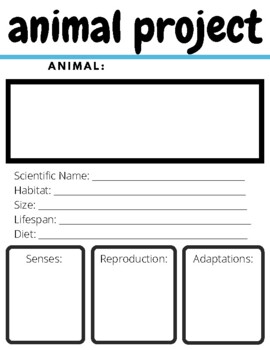
Final Animal Projects
At the end of our Marine Biology Unit, my kids each did a presentation on one animal of their choice. This allowed me to assess a lot of common core standards (speaking, coherent presentation and writing, research skills, organization, use of technology, etc.) and was a fun way for them to dive in deep on an animal they love.
- Pick an animal.
- Do research. My kids used this Graphic Organizer to take notes while they researched and prepared their presentations. You can DOWNLOAD IT FOR FREE HERE.
- Pick a way to present and prepare a presentation.
- Present animal projects to family (or classroom).
